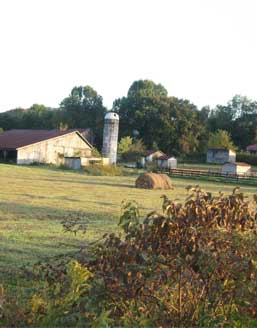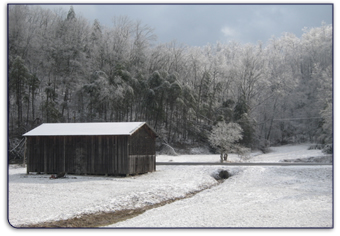Properties of Natural Gas
 Natural Gas is a naturally-occurring mixture of hydrocarbon and non-hydrocarbon gases found in porous formations beneath the earth's surface. It is not a pure element like oxygen but a mixture of gases of which hydrocarbon gases are the components that are combustible and produce heat.
Natural Gas is a naturally-occurring mixture of hydrocarbon and non-hydrocarbon gases found in porous formations beneath the earth's surface. It is not a pure element like oxygen but a mixture of gases of which hydrocarbon gases are the components that are combustible and produce heat.
Natural gas distributed by utilities varies in composition. The heat-producing hydrocarbons are composed of the elements Carbon and Hydrogen. Methane (CH4) is always the largest component. Ethane, propane (C3H8), and butane are heavier, "hotter" hydrocarbons produced from natural gas wells and are present in low concentration. Nitrogen, Oxygen, and Carbon Dioxide are the major components (99.9%) of air but are considered contaminants of natural gas.
Combustion of natural gas is the chemical reaction of oxygen with a combustible material which produces heat.
 There are three requirements for combustion. If one of these three components is missing, combustion cannot occur.
There are three requirements for combustion. If one of these three components is missing, combustion cannot occur.
- Fuel (natural gas, in this case)
- Oxygen
- A source of ignition
Natural gas will not burn unless the mixture is within a flammable range of roughly 5 to 15% gas in air; the most efficient or ideal mixture is about 10% gas.
A combustible mixture of natural gas in air will not ignite until its temperature is raised to the minimum ignition temperature, which is 1150°F. Here are possible sources of ignition:

- Any open flame such as a pilot light, match, or lighted candle
- Static electricity spark
- Light switch
- Heating element or motor in an electric appliance
- Internal combustion engine while running or starting
- Overhead electrical transformer
- A ringing doorbell


